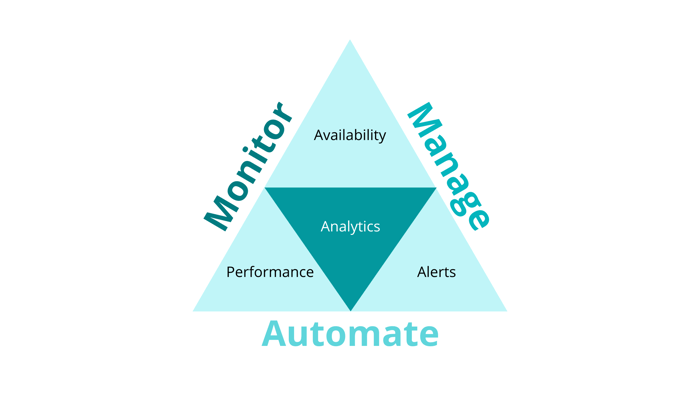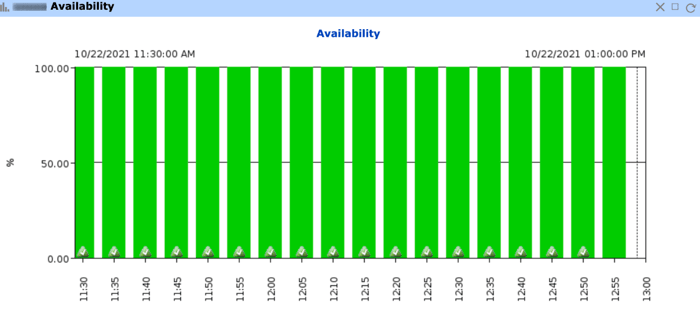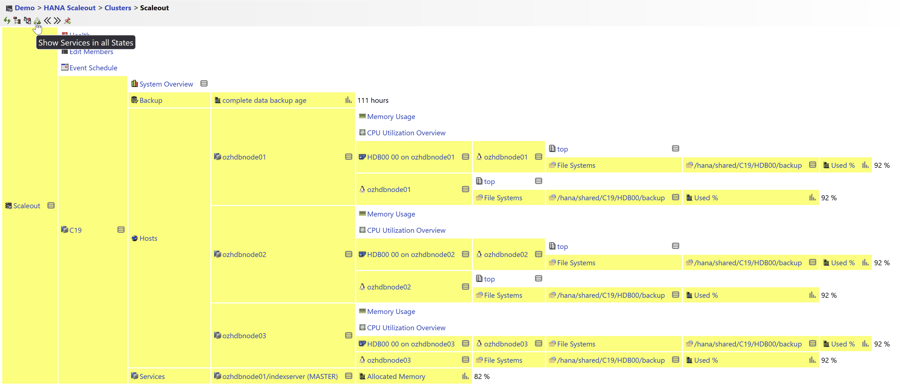Imagine that you're the IT manager of a thriving business, and your team is responsible for managing a critical database that supports many of the organization's key operations. The volume of data required to run business-critical applications keeps growing at a high velocity while the service level for performance, availability, and security all get more stringent. You need to ensure that your organization’s databases are always performing optimally, securely, and compliant with regulations.
But how do you accomplish this? The answer is database monitoring and management. Database monitoring is a critical aspect of any organization's IT infrastructure. In this blog post, we'll explore the key aspects of database monitoring and why it is essential for any organization that relies on a database system. We'll also discuss the benefits of having a tool that automates monitoring and takes care of most of the manual work, freeing up valuable time for your IT team.
What is Database Monitoring?
Let’s start with the basics. Database monitoring is the process of continuously tracking the performance and health of a database to identify potential issues and take appropriate measures to address them. In other words, it’s like performing an ongoing health check on your databases and systems.
Since we mentioned the word ongoing, it might give the impression that the monitoring of a database is a time-consuming and tedious task. After all, not being aware of the health of your systems can result in bad news for the data on which your organization is built. The good news is that with the help of automated monitoring tools, this process can be simplified and made more efficient.
Main Components of Database Monitoring
The main components to proper monitoring of your organization’s systems involve tracking the performance, availability, and security of a database system to ensure that it is functioning optimally and meeting business needs. Additionally, the infrastructure components that support the database such as compute, storage, network, and data protection (backup/recovery/business continuity) also need to be included in the monitoring and management.
Effective database monitoring requires a holistic approach that considers various elements, including:
1. Performance Monitoring
Monitoring database performance involves tracking various metrics such as CPU usage, memory consumption, disk I/O, network latency, and query execution time. This enables IT infrastructure teams to identify performance bottlenecks and take corrective actions to optimize the database system's performance.
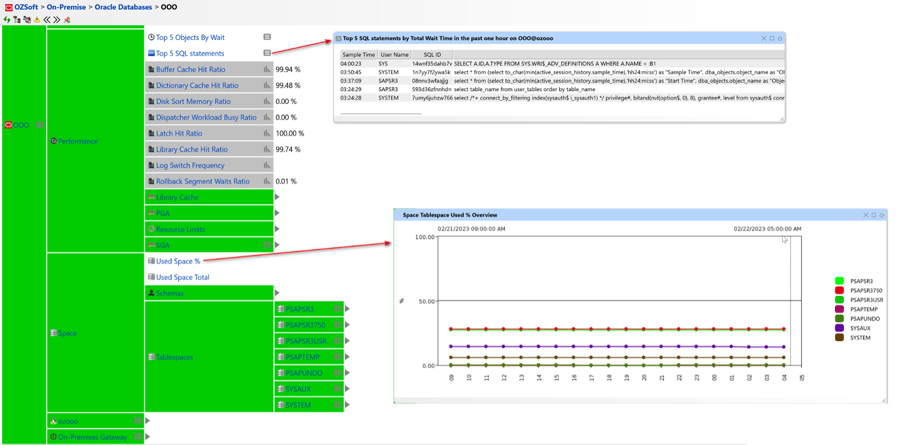 Figure 2: Database Performance Monitoring in IT-Conductor
Figure 2: Database Performance Monitoring in IT-Conductor
2. Availability Monitoring
Availability monitoring ensures that the database system is up and running and accessible to authorized users. It involves monitoring uptime, downtime, and availability metrics to detect and resolve issues that can cause system unavailability.
Figure 3: Sample Availability Monitoring Chart in IT-Conductor
3. Security Monitoring
Security monitoring involves tracking user access, login attempts, data modifications, and other activities that could pose a security threat. It helps identify and prevent security breaches, data theft, and unauthorized access to sensitive data.
4. Capacity Planning
Capacity planning involves estimating the database system's future resource needs and ensuring that there are enough resources available to handle expected loads. It helps prevent performance issues caused by inadequate resources and ensures that the system can scale up or down to meet changing business needs.
Read Related Post:
Top 10 Things to Check for Continuous SAP Monitoring
Choosing the Right Automated Database Monitoring Tool
Having said this, we understand that there are a lot of aspects to keep in consideration when wanting to carry out proper monitoring of our organization’s systems. But how do we choose the right technology?
When selecting an automated database monitoring tool, there are several factors to consider. Some of them include the following:
-
Compatibility: Ensure that the tool is compatible with your database platform, version, and operating system.
-
Scalability: Ensure that it can handle the size and complexity of your database environment.
-
Monitoring Capabilities: As mentioned before, the capabilities that you want to look out for are performance monitoring, security monitoring, compliance, availability monitoring, and capacity planning.
-
Alerting: Send alerts when issues are detected. Make sure that these alerts can be customized to suit your organization’s needs.
-
Automation: Auto-recovery actions based on policy-based automated detection and remediation actions and/or workflows
-
Reporting: To analyze trends and identify potential issues before they become major problems. Reporting can visualize dashboards as well as analytics for determining root-cause of problems from the database down to the infrastructure.
When a system is first added to IT-Conductor for monitoring, all components related to that system are automatically discovered, making it possible to gain instant visibility of your organization’s systems and databases. This facilitates the delivery of information in case a decision needs to be made and it instantly provides alerts when performance or availability issues are detected by setting up thresholds and overrides, allowing organizations to act quickly and avoid downtime. IT-Conductor’s patented technology allows for a single click to determine the most probable root cause of an issue, as well as the ability to look back in time across hundreds of metrics and alerts to correlate.
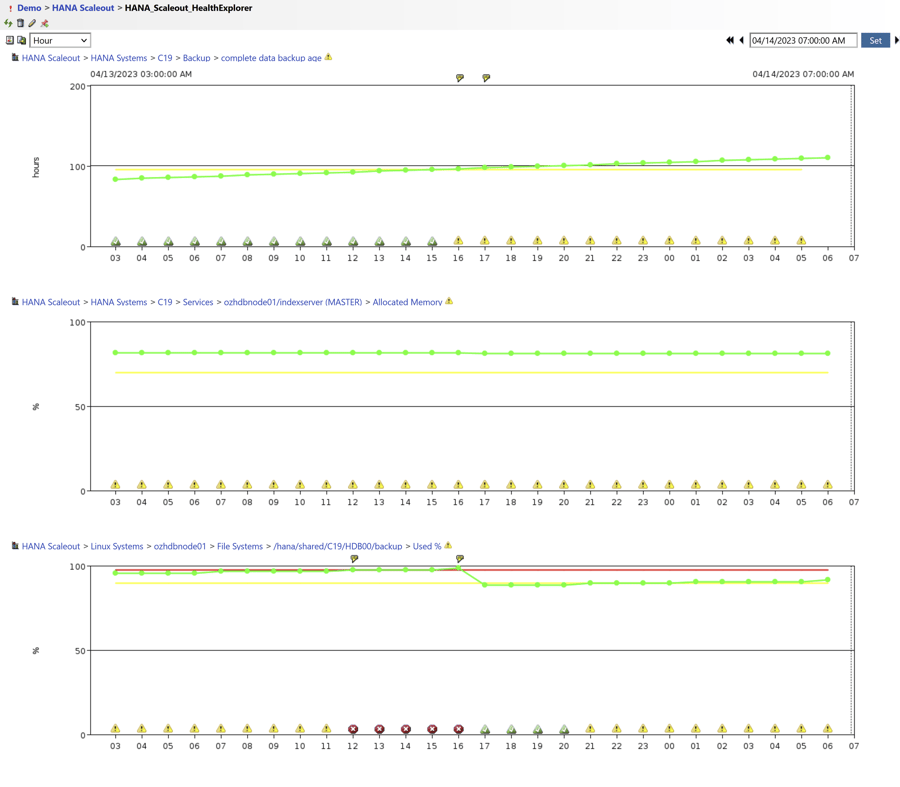 Figure 4: IT-Conductor's Database Health Explorer
Figure 4: IT-Conductor's Database Health Explorer
Figure 5: Database Monitoring Single-click RCA
Figure 6: Sample ABAP System with HANA DB in IT-Conductor
Moreover, IT-Conductor supports a wide range of databases, including Oracle, SAP HANA, ASE, MaxDB, and MS SQL Server, making it a versatile and scalable solution for organizations of all sizes.
Key Takeaway
In conclusion, effective database monitoring requires a holistic approach that takes into account various elements such as performance, availability, security, capacity planning, and compliance. The most important thing to consider when monitoring your organization’s database is to have a clear understanding of your business needs and objectives. This includes understanding the criticality of your database system, the expected workload, and the level of security and compliance requirements.

